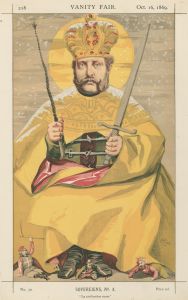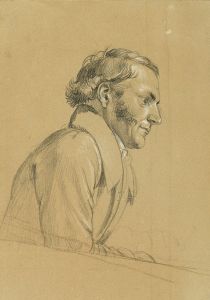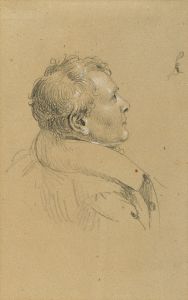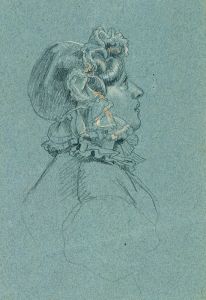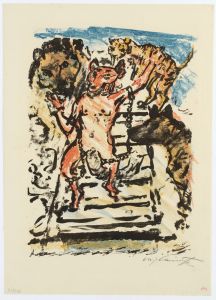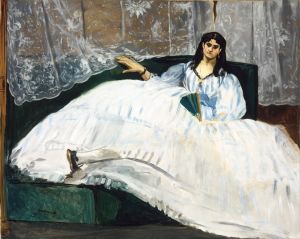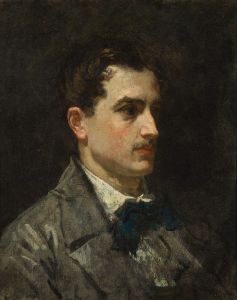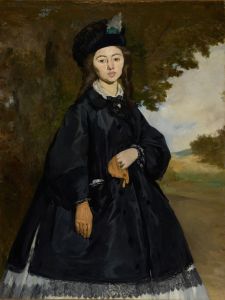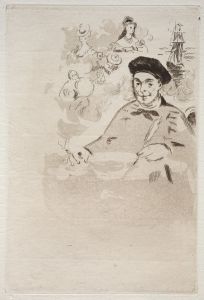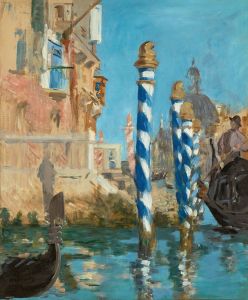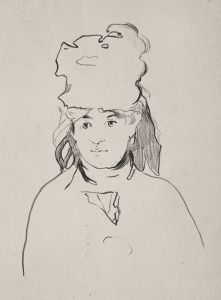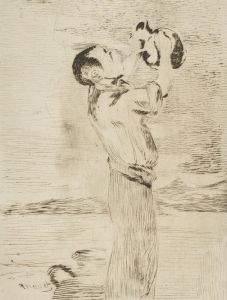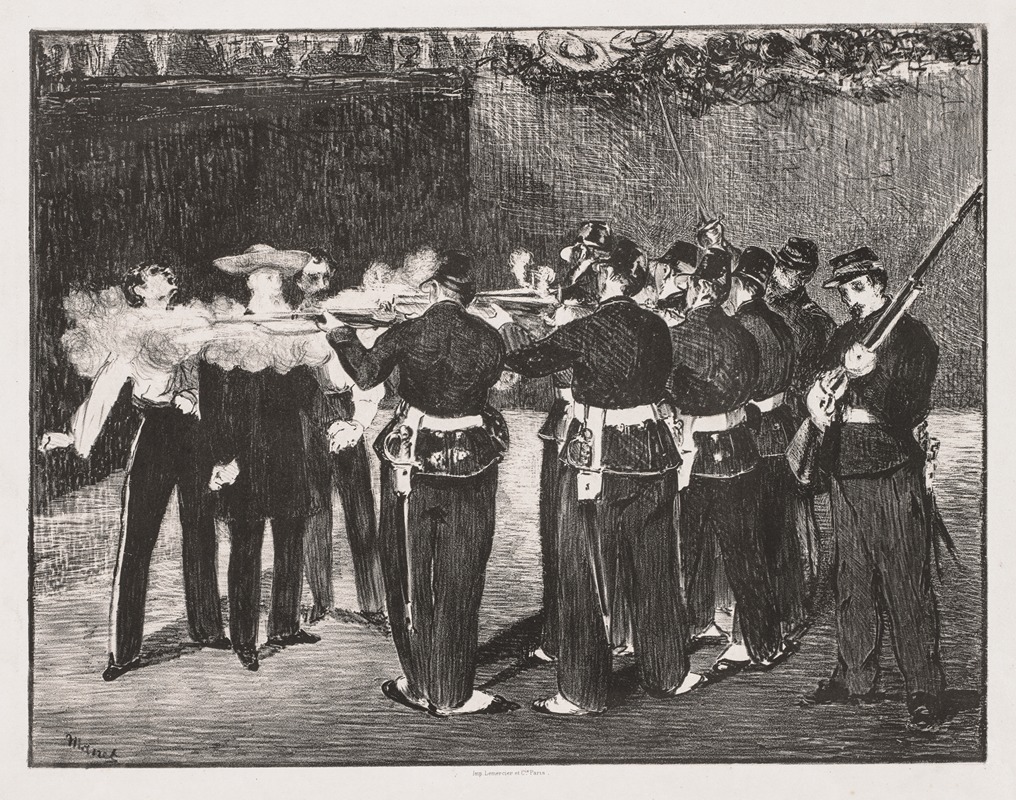
The Execution of Emperor Maximilian
A hand-painted replica of Édouard Manet’s masterpiece The Execution of Emperor Maximilian, meticulously crafted by professional artists to capture the true essence of the original. Each piece is created with museum-quality canvas and rare mineral pigments, carefully painted by experienced artists with delicate brushstrokes and rich, layered colors to perfectly recreate the texture of the original artwork. Unlike machine-printed reproductions, this hand-painted version brings the painting to life, infused with the artist’s emotions and skill in every stroke. Whether for personal collection or home decoration, it instantly elevates the artistic atmosphere of any space.
The Execution of Emperor Maximilian is a series of paintings by the French artist Édouard Manet, created between 1867 and 1869. These works depict the execution of Maximilian I, the Emperor of Mexico, who was executed by a firing squad on June 19, 1867, in Querétaro, Mexico. The paintings are considered significant examples of Manet's engagement with contemporary political events and his innovative approach to history painting.
Maximilian I was an Austrian archduke who was installed as Emperor of Mexico in 1864 with the support of French Emperor Napoleon III. His reign was part of France's intervention in Mexico, a controversial and ultimately unsuccessful attempt to establish a European monarchy in the Americas. After French troops withdrew from Mexico in 1866, Maximilian was captured by forces loyal to Mexican President Benito Juárez. He was subsequently tried and sentenced to death.
Manet's series includes several versions of the scene, created in oil on canvas and lithography. The most well-known version, completed in 1868–1869, is housed in the Kunsthalle Mannheim in Germany. Another significant version, left unfinished, is in the National Gallery in London. A smaller, earlier version is part of the collection at the Ny Carlsberg Glyptotek in Copenhagen. These works vary in composition and detail but share a focus on the moment of execution, with Maximilian depicted alongside two of his generals, Miguel Miramón and Tomás Mejía, who were executed with him.
Manet's paintings were influenced by Francisco Goya's The Third of May 1808, which portrays the execution of Spanish civilians by Napoleonic troops. Like Goya, Manet used stark contrasts and dramatic composition to emphasize the brutality of the event. However, Manet's works also reflect his modernist sensibilities, with looser brushwork and a focus on the immediacy of the scene.
The political implications of the subject matter made the paintings controversial. Napoleon III's involvement in Maximilian's ill-fated reign was a sensitive topic in France, and Manet's decision to address it in his art was seen as a critique of the French government. The paintings were not publicly exhibited during Manet's lifetime, likely due to their politically charged nature.
Today, The Execution of Emperor Maximilian is recognized as a powerful commentary on political violence and the consequences of imperial ambition. The series is also celebrated for its formal innovations, which anticipate the development of modern art.





